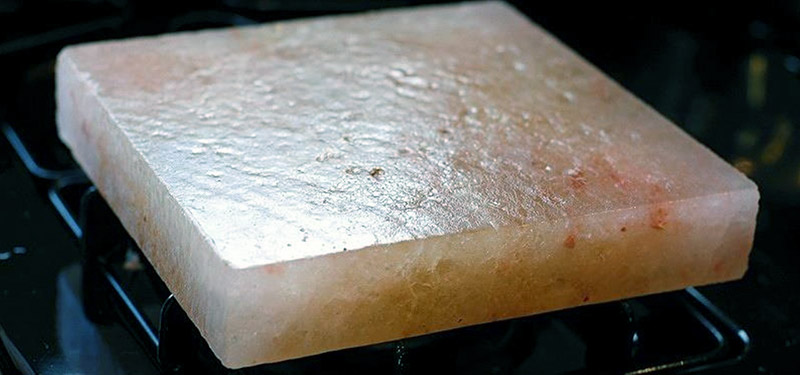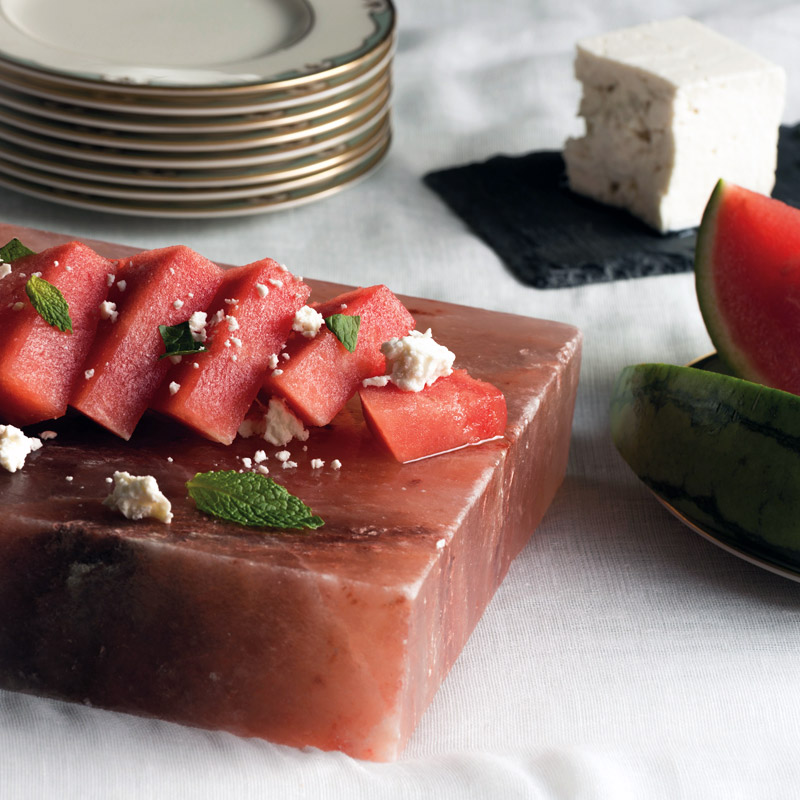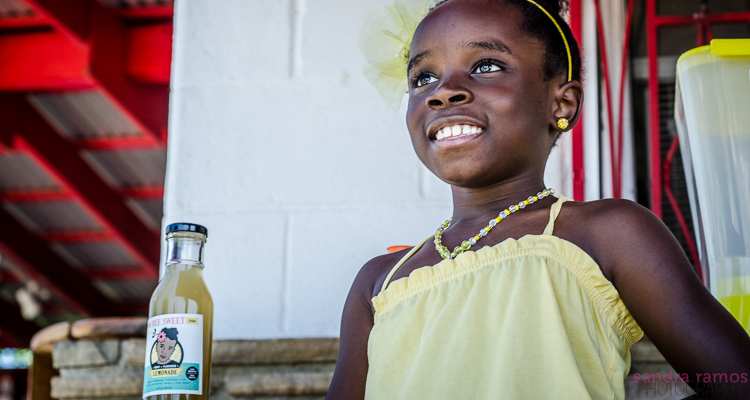
One of the food trends that has been slowly emerging the last couple of years is salt block cooking. Have you heard of it?
A salt block is a slab of pure salt, and one of the popular options is the pink Himalayan salt block, which is made by stonemasons who mine the millions-of-years-old crystallized chunks of salt from mines in Pakistan.
I was introduced to salt block cooking at a dining event in Philadelphia a couple of years ago, when the guests were served tuna that had been cooked on an enormous Himalayan salt block. The block of salt had been heated for quite some time, and then it was brought out to the dining room where the tuna was cooked in front of us. Because the block has the ability to retain heat for a long time, there was no need to apply any additional heat while the block was cooking the fish.
Since then, I’ve noticed salt blocks for sale at stores like Sur La Table and Williams Sonoma. Recently, one of my favorite radio shows, “The Splendid Table,” interviewed Mark Bitterman, author of “Salt Block Cooking.” It seems that the slowly emerging trend has now fully arrived.
Cooking with a salt block
Salt blocks must be preheated before you can cook on them. The most common method of pre-heating is to put the salt block on the stove top (not in the oven) and heat it slowly. Instructables recommends starting on a low heat and gradually turning the heat up about every 15 minutes until the block of salt reaches the desired temperature for cooking. The salt blocks can be used to cook meats, fish, eggs, breads, pizzas and much more.
Curing meat with a salt block
Salt blocks can cure meat or fish in two ways, according to The Meadow. A partial cure (like gravlax) will improve taste, texture and the shelf life of a food, or a full cure (like jerky) will extend the life of the food even longer. The amount of time the food comes in contact with the salt block determines if it is partially or fully cured.
Chilling food with a salt block

Salt blocks can take extreme heat, but they can also take extreme cold. Place a salt block in the freezer and after it’s very cold, it can be used to keep foods cold and safe. Instead of placing something like shrimp cocktail in a bowl nested in a second bowl full of ice, the shrimp can be placed directly on the cold salt block to maintain the chill for hours.
Displaying food with a salt block
Salt blocks make pretty serving pieces and foods can be arranged on a room temperature salt block. Just remember that some salt will be absorbed by the foods placed on the block. During his “Splendid Table” interview, Bitterman recommended fanning, or layering, the food out so that not all the food comes in contact with the block.
Caring for a salt block
Salt blocks will last for years. Cleaning them is easy. When they are at room temperature, they should be scrubbed (without detergent) until all food is removed and then dried with a clean towel. They should be stored in a low humidity area.





Leave a Reply